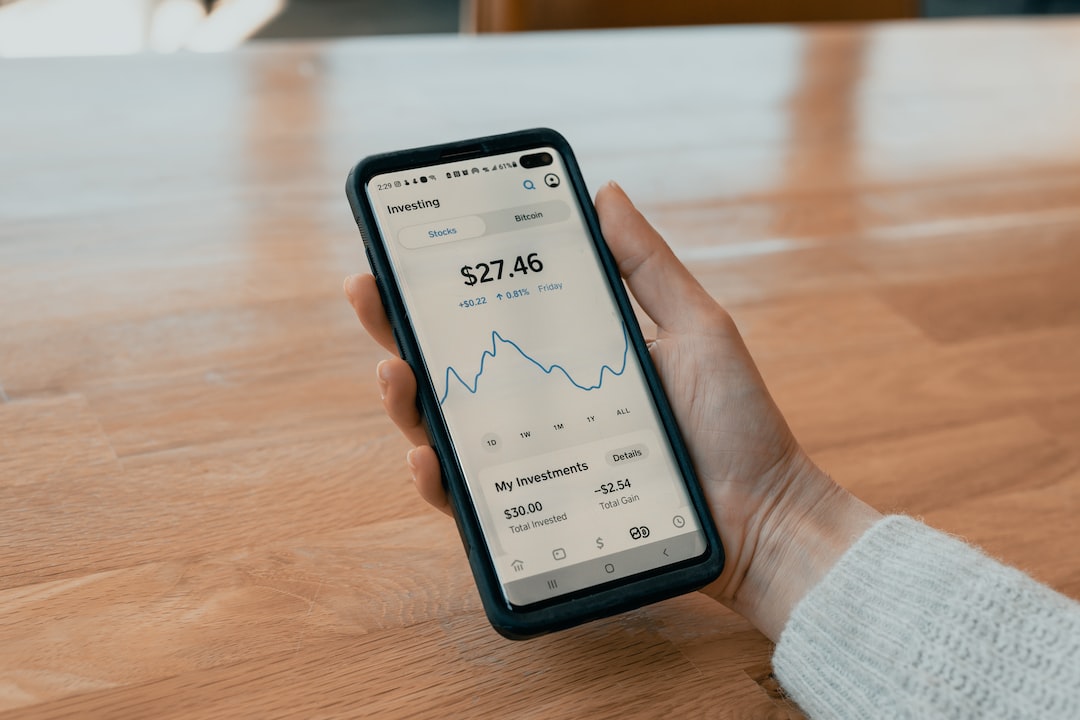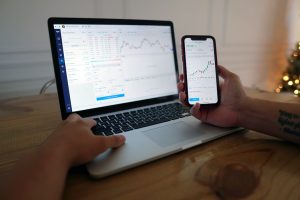Forex trading is a popular investment option for many traders around the world. It involves buying and selling currencies in the foreign exchange market to make a profit. There are different approaches to forex trading, including day trading, swing trading, and position trading. In this article, we will focus on position trading and explain what it is and how it works.
What is position trading in forex?
Position trading is a long-term trading strategy that involves holding positions for an extended period, usually ranging from several weeks to several months. Unlike day trading or swing trading, position trading is not based on short-term market fluctuations but rather on long-term trends.
Position traders aim to capture significant price movements in the forex market by identifying and analyzing long-term trends. They use fundamental analysis, technical analysis, and market sentiment to make informed trading decisions.
Fundamental analysis involves analyzing economic indicators, such as inflation rates, interest rates, and gross domestic product (GDP), to determine the overall health of an economy and predict its future performance. Technical analysis involves analyzing price charts and patterns to identify trends and potential trading opportunities. Market sentiment involves analyzing the overall mood of the market and the behavior of other traders.
How does position trading work?
Position trading involves opening a trade and holding it for a long period, often several weeks or months, until the market reaches a predefined profit target or stop loss level. Position traders usually use larger time frames, such as weekly or monthly charts, to identify long-term trends and significant price movements.
For example, a position trader may identify a long-term uptrend in the EUR/USD pair and open a long position (buy) at 1.1200. The trader then holds the position for several weeks, monitoring the market and adjusting their stop loss and profit target levels accordingly. If the market reaches the profit target level, the trader closes the position and takes their profit. If the market reaches the stop loss level, the trader closes the position and takes a loss.
Advantages of position trading
Position trading has several advantages over other trading strategies, such as day trading and swing trading. These include:
1. Less time-consuming: Position trading requires less time and effort than day trading or swing trading, as traders only need to monitor their positions periodically and make adjustments as needed.
2. Lower transaction costs: Position trading involves fewer trades, which means lower transaction costs, such as spreads and commissions.
3. Less stressful: Position trading is less stressful than day trading or swing trading, as traders do not need to constantly monitor the market and make quick trading decisions.
4. Long-term profitability: Position trading aims to capture long-term trends, which can result in significant profits if the trader correctly identifies and analyzes the market.
Disadvantages of position trading
Position trading also has some disadvantages that traders should be aware of. These include:
1. Higher risk: Position trading involves holding positions for a long time, which increases the risk of adverse market movements and potential losses.
2. Less flexibility: Position traders have less flexibility than day traders or swing traders, as they cannot quickly adjust their positions in response to short-term market movements.
3. Long-term commitment: Position trading requires a long-term commitment, which may not be suitable for all traders, especially those who prefer short-term trading strategies.
Conclusion
Position trading is a long-term trading strategy that involves holding positions for several weeks or months to capture significant price movements in the forex market. Position traders use fundamental analysis, technical analysis, and market sentiment to identify long-term trends and potential trading opportunities. While position trading has several advantages, such as less time-consuming and less stressful, it also has some disadvantages, such as higher risk and less flexibility. Therefore, traders should carefully consider their trading goals and risk tolerance before choosing a trading strategy.






